Healthy aging and fitness go hand in hand, creating a pathway to a vibrant and fulfilling life. Staying active and prioritizing wellness can significantly impact our overall health, energy levels, and mental clarity as we age. Engaging in regular physical activity and maintaining a balanced diet supports longevity and enhances quality of life. From reducing the risk of chronic illnesses to improving mobility and fostering emotional well-being, healthy aging is about embracing habits that empower you to thrive at any age.
Adopting a fitness-focused lifestyle doesn’t mean running marathons or spending hours at the gym. It’s about finding activities that bring joy, suit your body’s needs, and fit seamlessly into your daily routine. Whether it’s a morning walk, gentle yoga, or strength training, consistency and mindfulness are key. This article will guide you through practical tips and strategies for staying active and embracing healthy habits, helping you unlock the best version of yourself in your golden years.
Embracing Vitality: The Path to Healthy Aging and Fitness
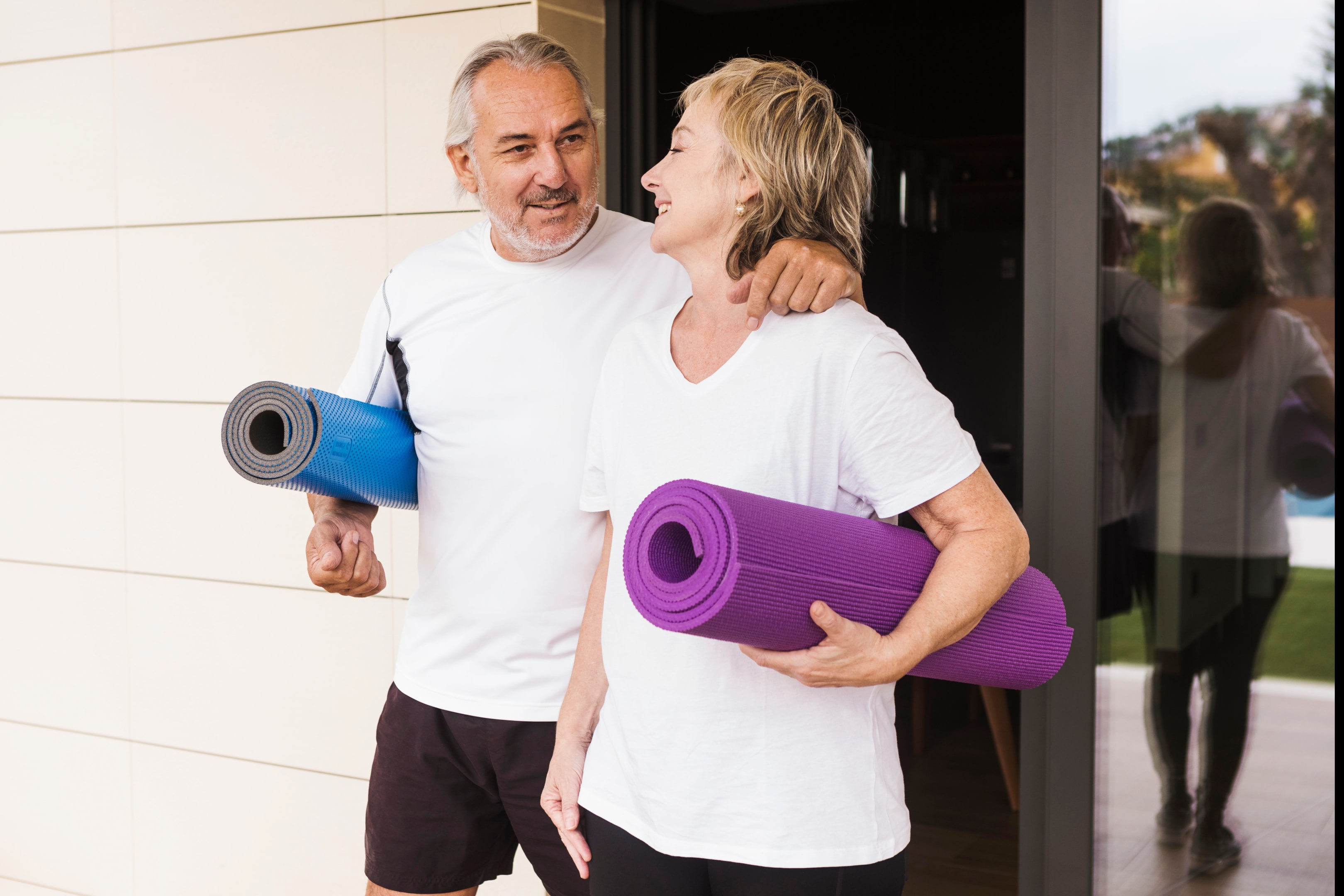
Aging’s a part of life; there is no getting around it, but how we age is something we can control. Healthy aging isn’t just about looking young or staying wrinkle-free. It’s about living well, feeling good, and maintaining a level of fitness that supports our lifestyle and goals. The concept of aging gracefully is about accepting the changes that come with age while doing our best to keep our bodies and minds in great shape.
Fitness plays a superhero role when it comes to aging. Sure, our bodies change and slow down as the years pass, but that doesn’t mean we stop moving. Exercise is like that secret ingredient that keeps us vibrant and full of life well into our older years. Regular physical activity can help maintain independence, boost mood, and improve overall health. It’s a long-term investment in ourselves that’s totally worth it.
Why does healthy aging matter? In our fast-paced, modern world, staying healthy is more important than ever. We’ve got access to better medical care, nutrition, and more knowledge about health than any generation before us. Aging well means more than just adding years to our lives—it’s about adding life to our years, staying connected, and remaining active participants in everything we love to do.

Key Highlights: Healthy Aging And Fitness
- Fitness plays a pivotal role in maintaining vitality as we age. Regular physical activity supports overall health, boosts mood, and helps prevent chronic diseases, contributing to a longer and healthier life.
- Creating a fitness plan tailored to individual needs is crucial for seniors. Consider factors like health status, fitness goals, and personal preferences to design a safe, effective routine that promotes healthy aging.
- Strength training, flexibility exercises, and aerobic activities are vital for maintaining muscle mass, balance, and cardiovascular health as we age, ensuring a strong foundation for independence and mobility.
- A balanced diet rich in nutrients, including antioxidants, healthy fats, and lean proteins, supports aging well. Hydration and cognitive-boosting foods play key roles in maintaining energy and mental clarity.
- Physical activity isn’t just for the body—it also enhances mental health. Exercise helps reduce stress, boost self-esteem, and improve mood, while social engagement and mindfulness contribute to emotional resilience.

The Science of Aging and Exercise
Aging tends to make us think of creaky joints and slower mornings, but much is happening beneath the surface, too. As we age, our muscles and bones can weaken, our metabolism might slow down, and things like balance and coordination might not be what they used to be. That’s where exercise steps in, offering a solid plan to counter these effects.

Secrets to Longevity: Simple Habits for a Longer, Healthier Life
You and I know staying active is crucial, but did you know it also helps you live longer? A good workout routine can extend your years. Studies have shown that regular physical activity contributes to overall longevity and helps keep those pesky age-related issues—like heart diseases and diabetes—at bay.
Maintain Muscle Mass as You Age
Recent research is always scratching the surface of what exercise does for aging. For instance, certain exercises help maintain muscle mass and strength, countering natural muscle loss. Aerobic workouts, like brisk walking or cycling, tackle cardiovascular health, while balance exercises are the key to preventing falls—a prevalent issue in older adults.
Staying informed about these developments means incorporating the right types of exercise into your routine, ensuring you’re hitting all the marks for a healthier, longer life. Don’t just go through the motions; understand why each move matters and how it’s contributing to that long-term outlook you want.
Creating a Personalized Fitness Plan for Seniors
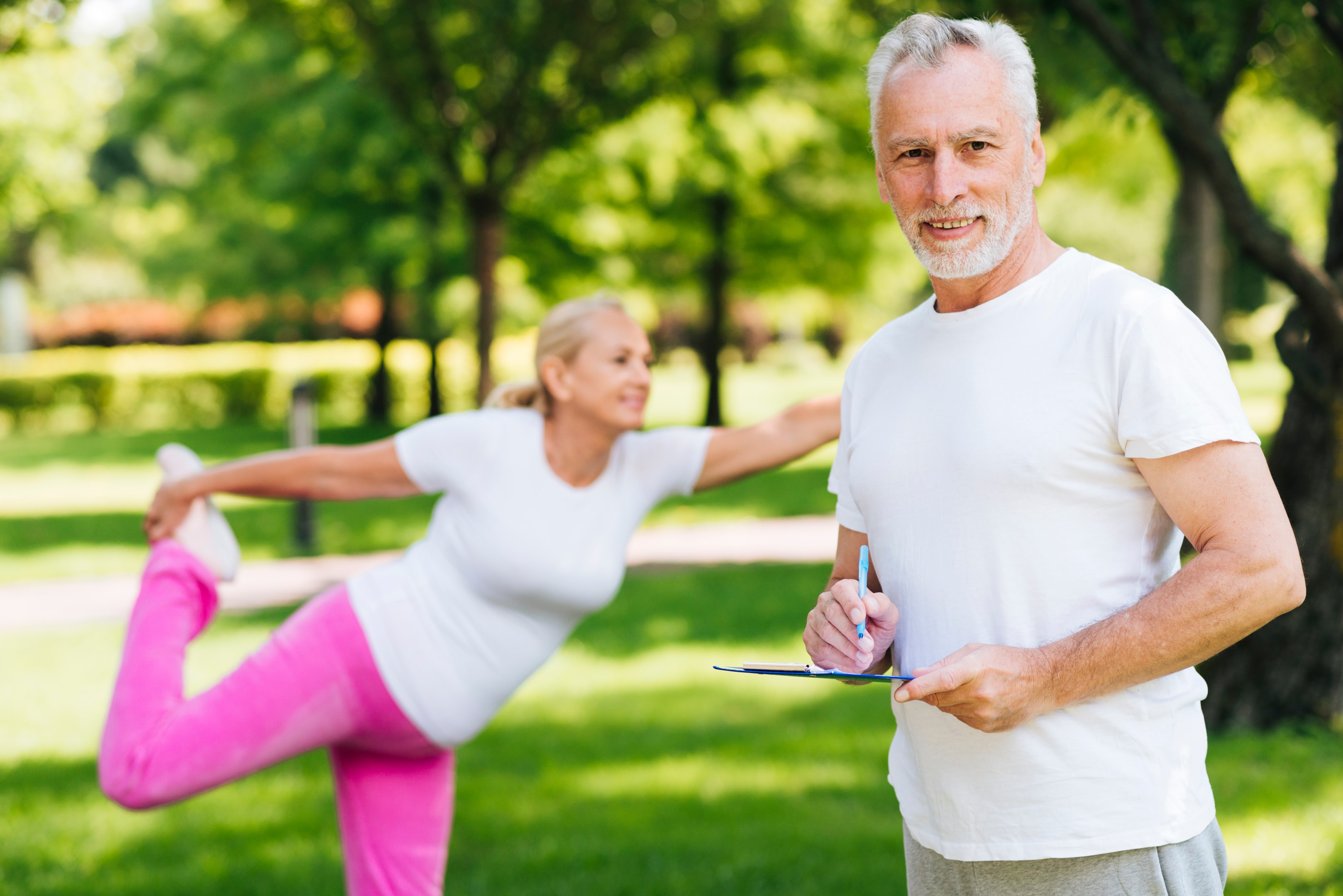
Getting into healthy aging and fitness isn’t a one-size-fits-all deal. For seniors, crafting a personalized fitness plan is key to ensuring you get the most out of your efforts while keeping it safe and effective. The first step? Assess where you stand health-wise. Knowing your starting point helps chart a realistic and beneficial course.
Know your Needs
Think about your current health status and any specific needs you might have. It’s important to take into account any chronic conditions or limitations. And never shy away from seeking advice from healthcare professionals—they’re great at providing insights on what exercises you should embrace or avoid.
Set Goals
Setting achievable goals keeps you motivated and focused. Whether walking an extra block, lifting a certain weight, or just being able to play with your grandkids longer without tiring, having clear goals keeps things exciting. These goals should be attainable yet challenging, pushing you gently towards better fitness.
What’s important here is tailoring workouts based on individual abilities. Not everyone can or should lift heavy weights or run marathons, and that’s okay. The exercise plan should fit like a glove, emphasizing activities you enjoy and can stick with. Whether swimming, cycling, or leisurely walks, the best workouts are the ones you look forward to.
And remember, versatility within your plan can keep boredom at bay. Mixing things up keeps you engaged and works for different muscle groups, contributing to overall fitness and reducing the risk of injuries. So, craft that plan carefully and watch it make a difference in your journey toward healthy aging.
Essential Exercises for Healthy Aging
Choosing the right exercises is crucial, especially regarding healthy aging and fitness. Strength training tops the list for helping maintain that all-important muscle mass. We start losing muscle after a certain age, and strength exercises can help counteract that, keeping us strong and functional. Even light weights or resistance bands can do the trick.

Flexibility and Balance Exercises
Don’t overlook flexibility and balance exercises, which aren’t just about dodging falls—though that’s a big bonus! Keeping limber and steady can make everyday activities easier, from tying your shoes to reaching for that top shelf. Think yoga or pilates; even simple stretches can work wonders over time.
Aerobic Activity
Then there’s aerobic activity, the heartbeat of any good fitness regimen. Low-impact options like walking, swimming, or cycling can keep your heart healthy and your energy levels up. These activities also have a side benefit of working your entire body, contributing to overall wellness.
Mixing these different types of exercises is a good strategy. It ensures you cover all bases—strength, flexibility, balance, and aerobic capacity. And it’s this mix that helps round out a comprehensive approach to fitness as we age. Keep it varied and fun to stay on the right path toward healthy aging.
Here’s an additional video about the essential exercises for seniors.
By: Body Fix Exercises
Community Resources: A Treasure Trove for Seniors
Utilizing community resources is often an untapped gem. Local community centers, senior classes, and clubs can offer programs tailored to older adults, considering common barriers. Plus, they provide a social aspect, which keeps things fun and engaging.
Healthy Aging And Fitness: Nutrition and its Impact on Aging Gracefully
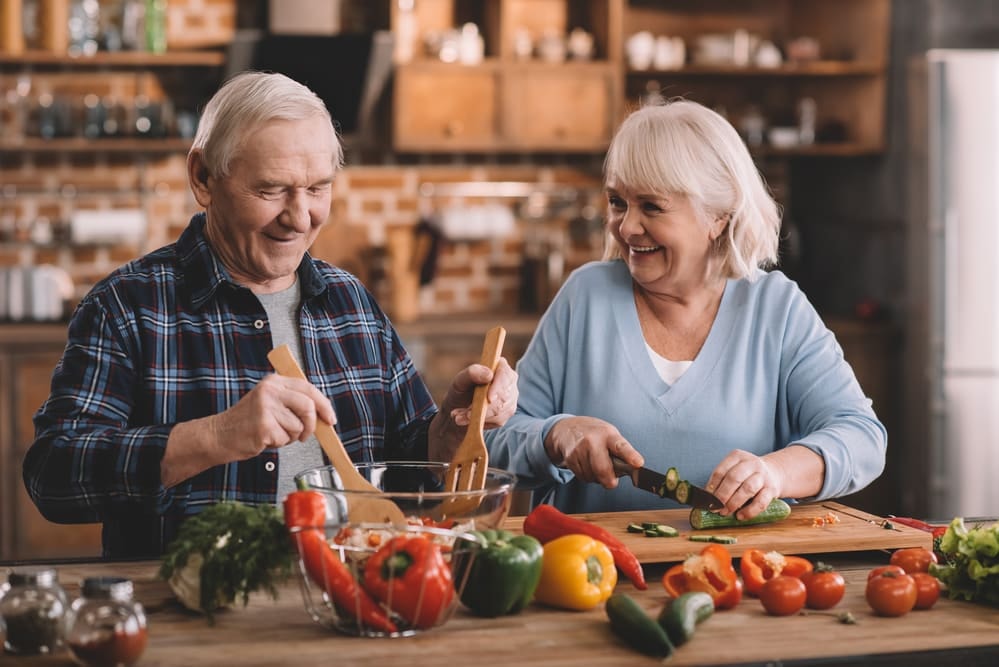
Nutrition isn’t just about filling your stomach; it’s about feeding your body with the right stuff to keep it running optimally, especially as we age. Our nutritional needs have changed over the years, and understanding these shifts can help maintain energy levels and overall health.
Smart Eating: Choosing Foods That Nourish and Energize
Older adults often find they require fewer calories but more nutrients. So, choosing foods wisely matters. Prioritize nutrient-dense options packed with vitamins, minerals, and antioxidants. Think fresh fruits, vegetables, whole grains, lean proteins, and healthy fats. These choices support heart health, muscle strength, and brain function.

Enhance Cognitive Health and Stay Sharp
Certain foods are known to boost cognitive abilities and keep our minds sharp. Berries, nuts, fatty fish like salmon, and leafy greens have been shown to support brain health. Integrating these into your diet can help maintain mental agility and reduce the risk of cognitive decline.
Hydration
Hydration is another biggie that’s sometimes overlooked. Our sense of thirst might diminish with age, but the need for water doesn’t. Staying properly hydrated aids digestion keeps skin healthy, and supports kidney function. It’s one of the simplest yet most effective ways to feel your best daily.
Throughout all this, listen to your body. It lets you know what it needs, so attention to hunger and fullness cues is key. Combining good nutrition with an active lifestyle paves the way for aging gracefully and feeling fantastic no matter the number of candles on your cake.
Here’s an additional video about supporting healthy aging nutrition for seniors.
By: Hamilton FHT
Mental and Emotional Well-being for Seniors
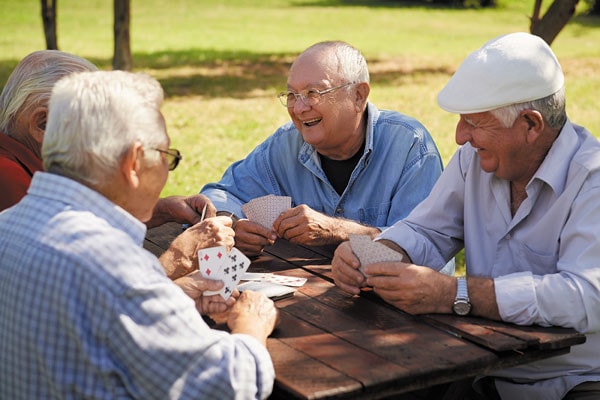
Health isn’t just physical—your mental and emotional well-being plays a massive role in aging healthily. Exercise isn’t just about muscles and bones; it also has incredible effects on mental health. Regular physical activity can reduce feelings of depression and anxiety, boost self-esteem, and improve overall mood. Group exercises can also fulfill our social needs, helping stave off loneliness.
Social Connections
Social connections matter more than ever as we age. Engaging with family, making new friends, and participating in group activities keep us socially active and emotionally fulfilled. It’s about staying part of a community and feeling connected. Volunteering or joining clubs can offer meaningful, satisfying ways to interact.
Mindfulness and Mental Resilience
Then there’s mindfulness and mental resilience—the ability to stay positive and adaptable, even as life throws some curveballs. Practices like meditation or even a bit of quiet time every day can improve focus, reduce stress, and enhance emotional stability. It’s all about taking a moment to breathe and center ourselves.
Finally, keeping the mind active is beneficial too. Brain-stimulating activities like reading, puzzles, learning a new skill, or even playing an instrument keeps the brain alert and improves cognitive function. This holistic approach, balancing physical exercise with mental exercises, provides a well-rounded strategy for mental and emotional well-being in older age.
Overcoming Common Barriers to Senior Fitness
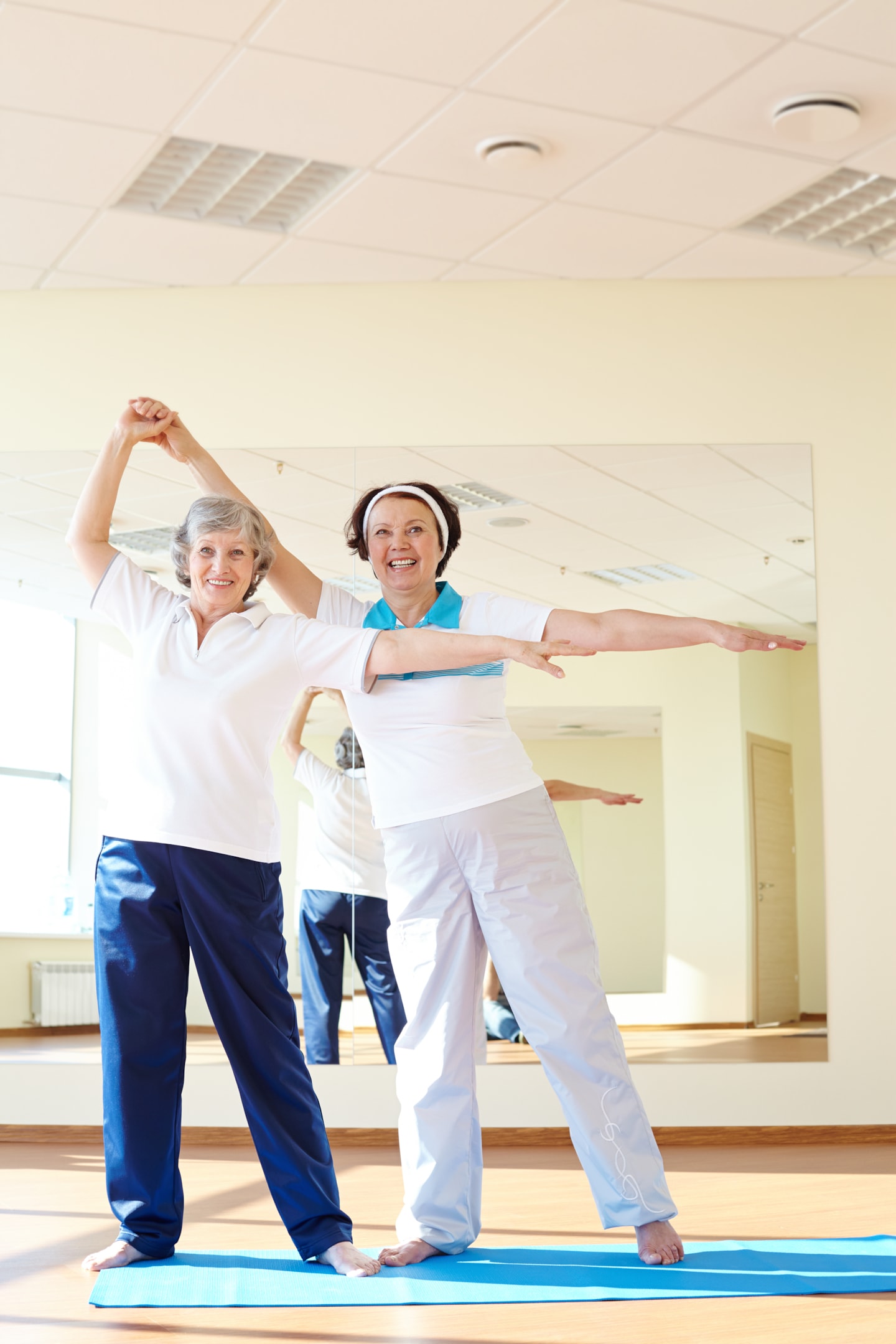
Sometimes, getting moving isn’t as easy as putting on some sneakers and heading out the door. Health concerns or physical limitations can be real obstacles. But it’s important to remember that most barriers can be overcome with a little strategy and support.
Consulting Healthcare Professionals
Checking in with healthcare professionals before jumping into a new routine can’t be stressed enough. They can guide you on activities that suit your capabilities and suggest necessary modifications. And don’t hesitate to ask questions; having a clear picture of what’s safe and best for you is essential.
Find a Workout Partner
Motivation can wane, especially if you’re just starting. Finding a workout buddy can help keep motivation levels up. Whether it’s someone to walk with or a group class, having a partner in your fitness journey makes it more enjoyable and keeps you accountable.
Know your Limits
Fatigue is another common barrier. Recognizing and respecting your limits ensures you don’t overdo it; listening to your body is key. Incorporating activities at a time of day when you feel most energetic can make a difference. Even small increments of activity can provide substantial benefits.
Sometimes, just starting is the hardest part. Remember, every step counts. Celebrate small achievements and give yourself kudos for making the effort. Overcoming these barriers means a healthier, happier you, ready to enjoy each day to the fullest.
Embracing a Lifetime of Health
Taking on the healthy aging and fitness journey is like opening a new chapter filled with potential and vitality. It’s been all about keeping things mentally, physically, and emotionally vibrant no matter the years behind us. Throughout these discussions, we’ve touched on how crucial physical activity is, extending our years and enriching our lives. And while scientific insights guide us toward the best practices, it’s ultimately about integrating fitness to suit our unique selves.

The interplay between nutrition and exercise significantly influences how you feel daily and how well you age. Emphasizing nutrients and hydration, alongside regular movement, has been shown to add not just years but quality to those years. Mental and social well-being are just as important. Embracing mindfulness, staying connected with loved ones, and continually engaging your mind can keep your spirit and brain nimble—hallmarks of a fulfilling life.
Finally, tackling barriers one step at a time and seeking guidance when needed ensures that obstacles are mere stepping stones towards becoming a healthier, more active version of yourself. Healthy aging doesn’t mean living without challenges, but it does mean living with resilience, purpose, and joy at the forefront. And remember every moment and effort toward embracing fitness counts, paving the way for a vibrant life ahead.
FAQS
What Types of Exercise Are Best for Seniors?
How Often Should Seniors Exercise to Stay Healthy?
What Are Some Tips for Staying Motivated to Exercise as a Senior?
Transform Your Fitness Journey After 55!
Welcome to Fit After 55, where we help you lead a dynamic and active lifestyle. Whether you’re a beginner or an experienced fitness lover, we offer useful tips for setting realistic goals and monitoring your progress. Start your transformation today by visiting our website and joining our community on Facebook!

